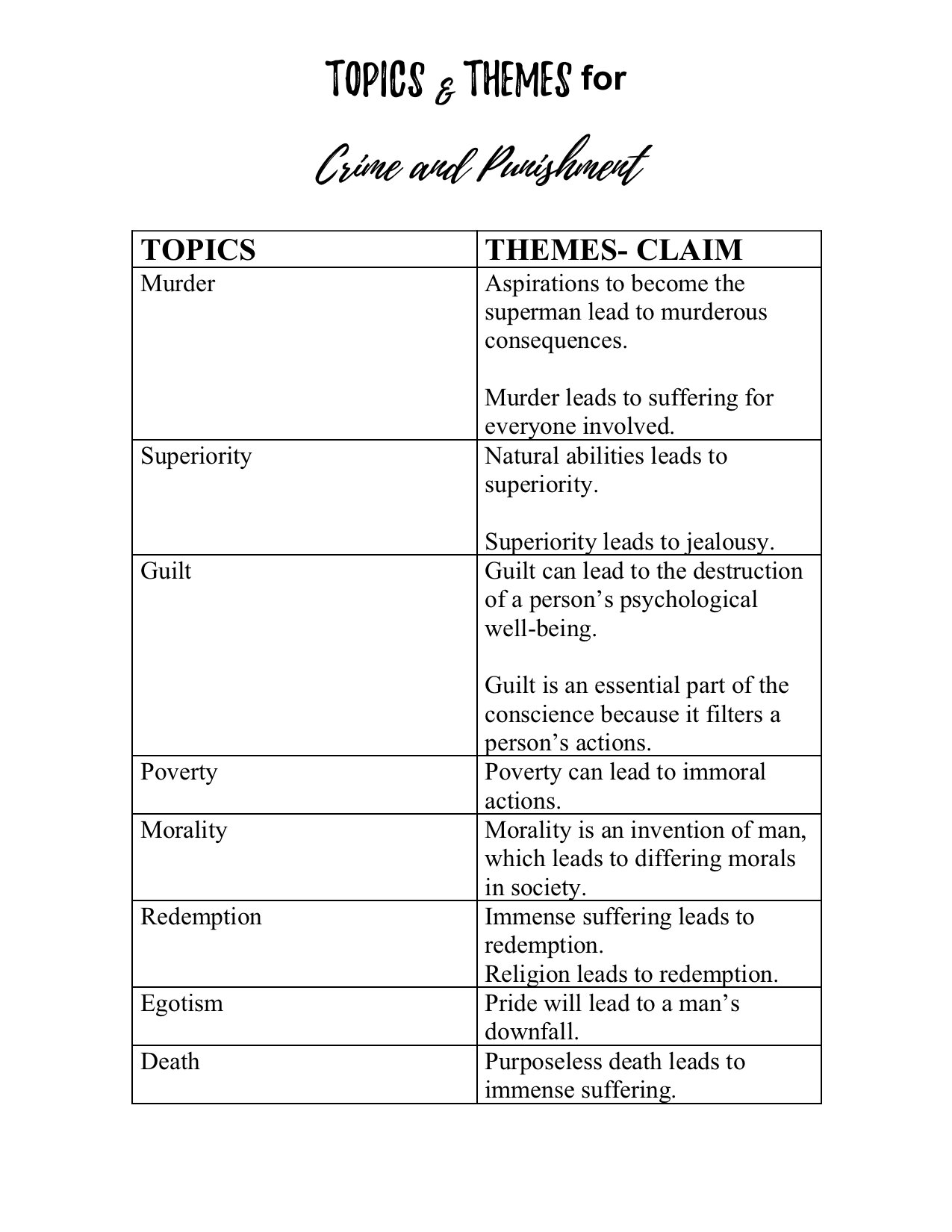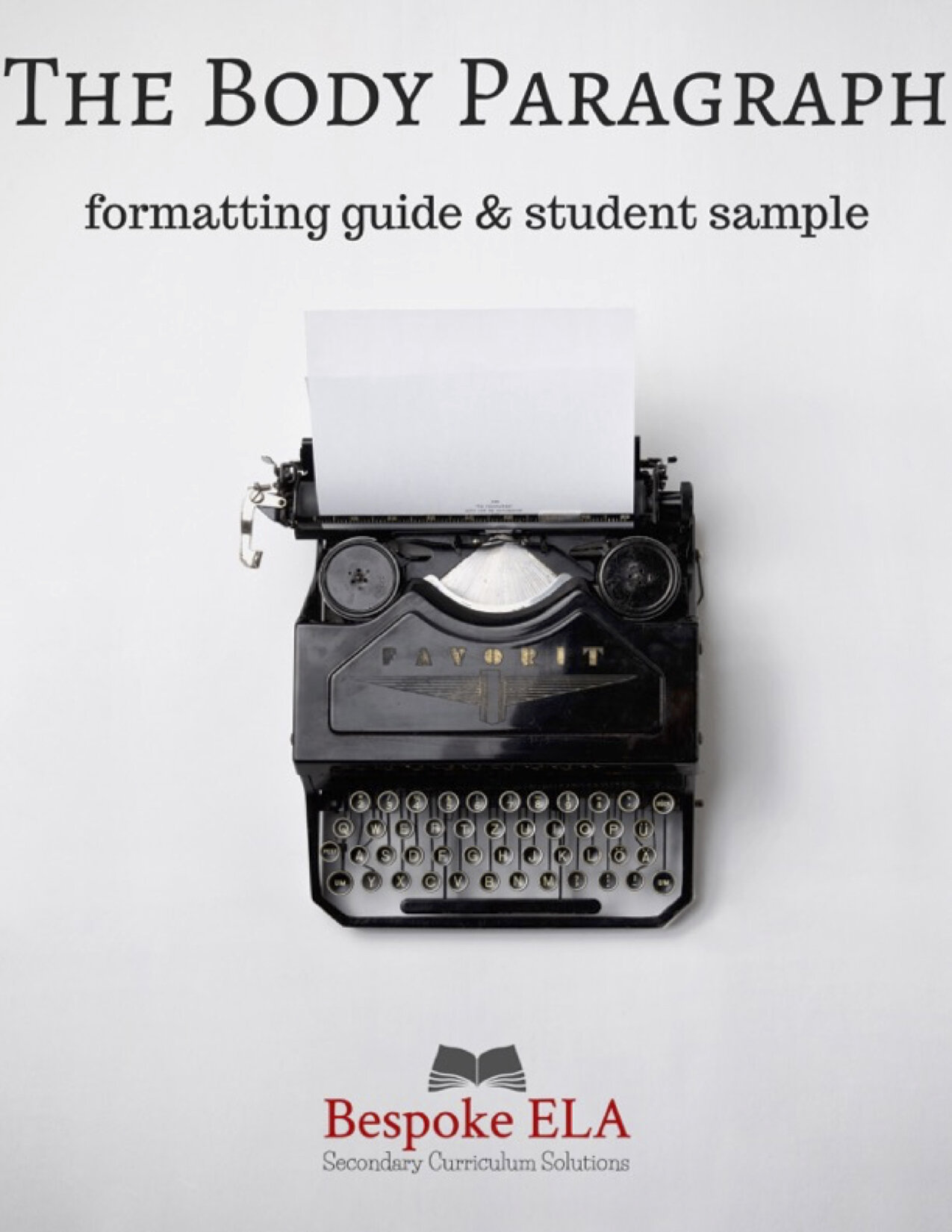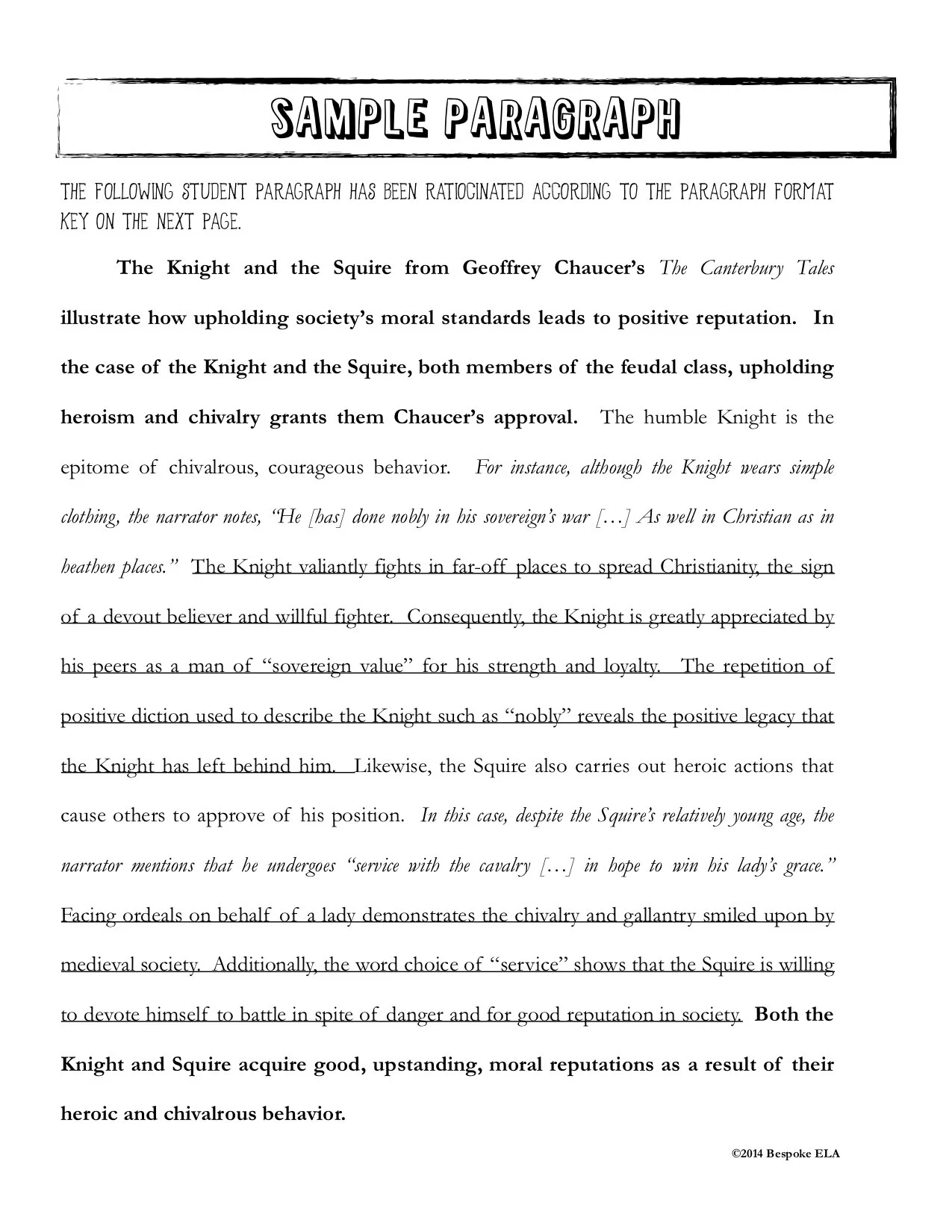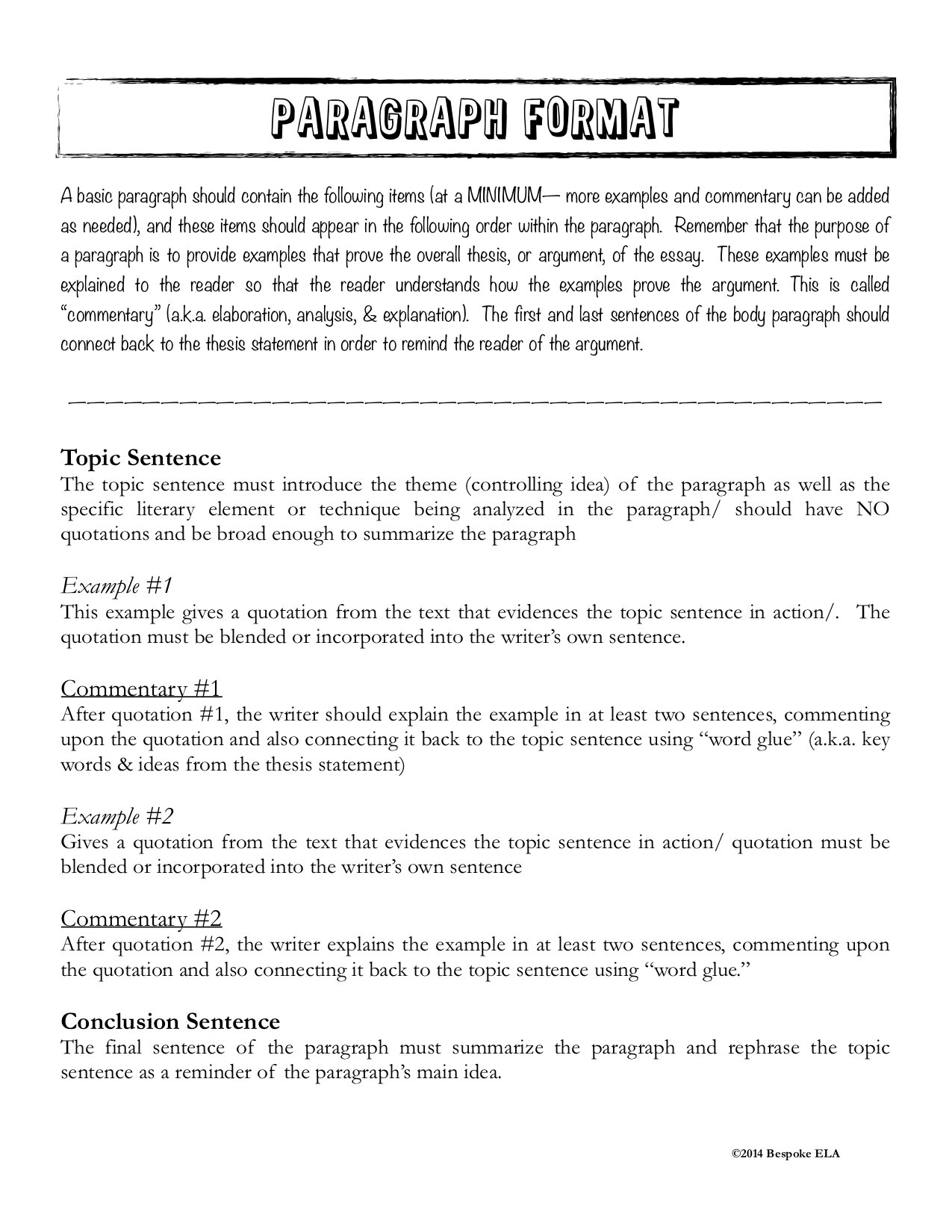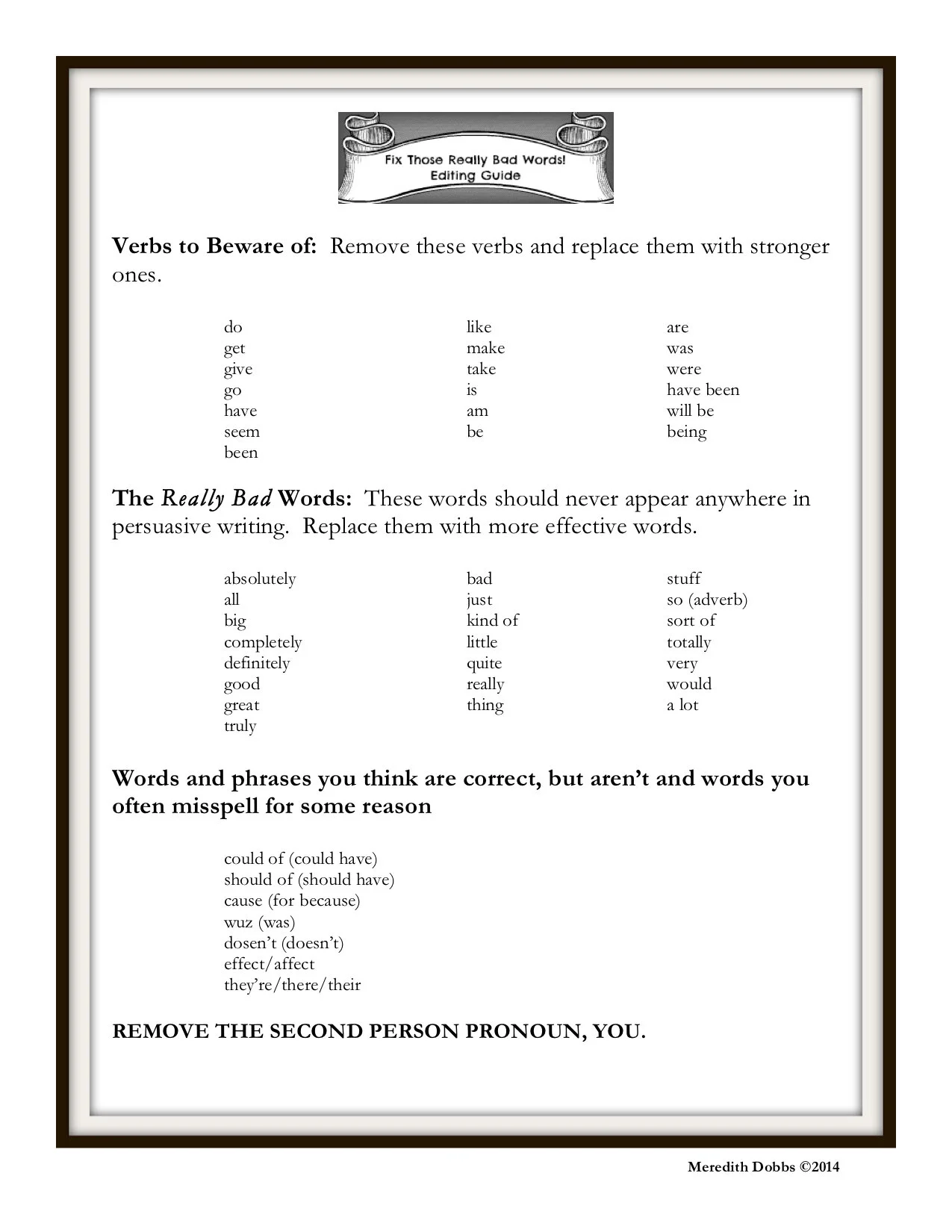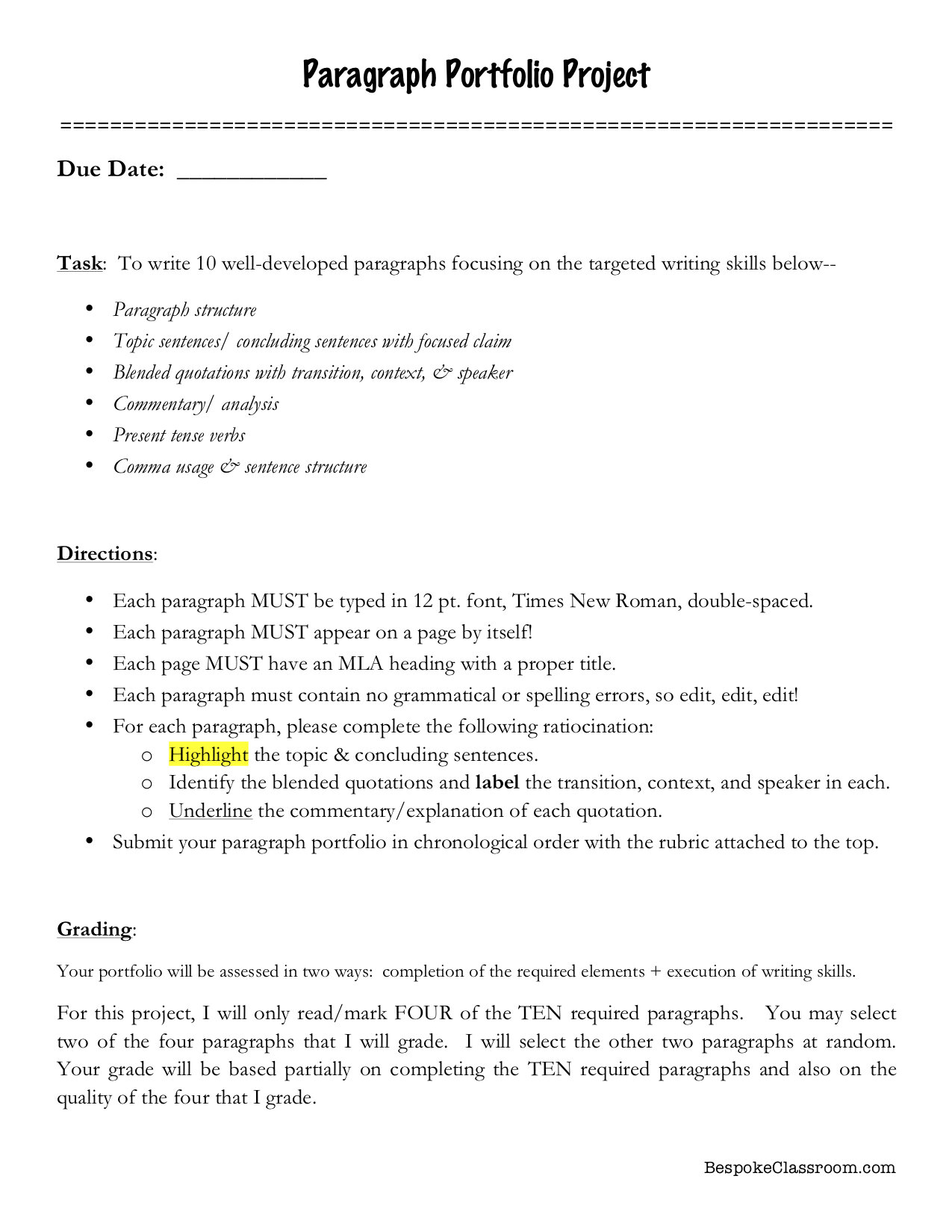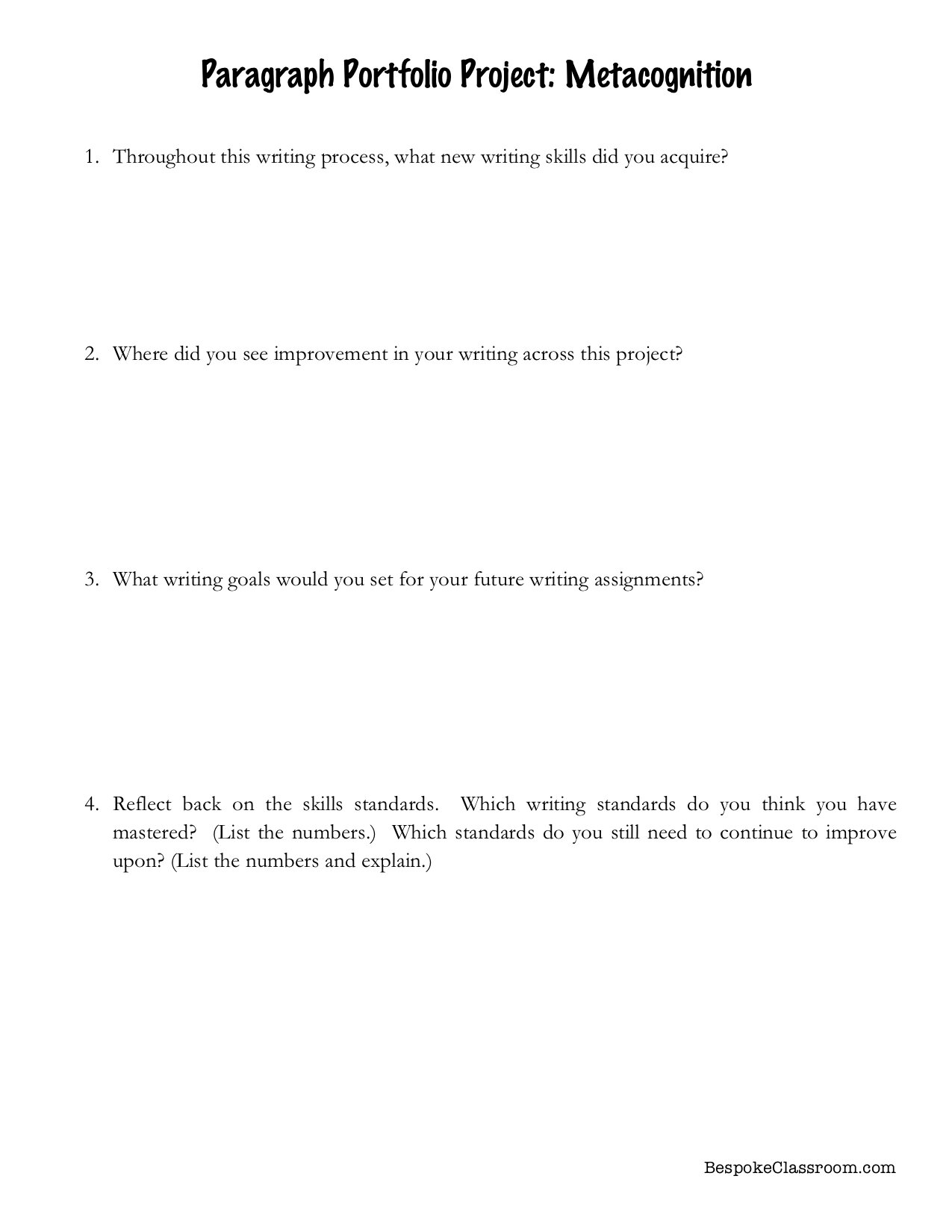This year, I have decided to start all of my high school ELA classes with a Literary Analysis Essay Boot Camp. I have discovered over the years that all students in grades 9-12 at all levels need repetitive practice of the same essential writing skills, no matter the grade or level.
So, this year, I’ve decided to target these essential essay writing skills during the first grading period of the year in order to scaffold and build up to the full essay. Each week of boot camp will focus on a specific, targeted skill. During the week, students will practice the targeted skill before moving onto the next part of the writing process.
Here are the essential skills I plan to target during Literary Analysis Essay Boot Camp.
Week One: Close Reading & Annotation
For the targeted writing skill this week, students will focus on highlighting and annotating different kinds of texts to practice/ review/ refresh close reading skills. I want to give them an assortment of texts from poetry to short stories to non-fiction in order to help students transfer close reading skills across different kinds of texts.
I like to begin every school year at every single level with shorter texts such as poems, passages, articles, and short stories. These can be stand-alone texts for skills practice, or they can also be thematically linked or connected by a specific time period. Nonetheless, the shorter texts allow students to apply skills in a much more manageable format.
The basic skills I want my students to practice are:
Summarizing/ Paraphrasing Sections
Identifying key quotes, words, phrases, lines, or sentences
Identifying new vocabulary terms and LOOKING THEM UP (or using context clues to identify meaning)
Searching for tone words/ phrases along with bias (in the case of non-fiction)
Identifying the main idea, theme, or thesis
Identifying text features (for non-fiction)
Having a dialogue with the text— writing comments and questions in the margins
I have created a FREE Annotation Guide (the one that I plan on using with my own students), and I’ve dropped it into the Free Resource Library. If you’re already a subscriber to Bespoke ELA, you can log in here to download this free guide.
If you’re not a subscriber just yet, please go here to subscribe and gain access to 75+ freebies to use in secondary ELA!
Week Two: Topic vs. Theme and Theme Statements
This is one of my favorite lessons to do with students for every piece of literature we read. In fact, I have students create a topic/theme list for each piece of literature and then use their theme statements as claims in literary analysis thesis statements.
Here’s how it works:
Students make a two-column chart. One column is for topics. The other is for themes. Students first brainstorm a list of broad topics for the text. These should be single word, abstract ideas that need to be narrowed and focused— such as love, passion, power, etc. I find that this exercise helps to clarify the difference between topic and theme for students— especially when online websites such as SparkNotes will call a topic a theme— which is inaccurate.
After students brainstorm a list of topics, I then ask them what the text says about that topic. The answer to this question is, of course, a theme statement. I like to have students word their theme statements in a “leads to” format because this helps depict the evolution of the story and main character.
For example, a topic for Romeo and Juliet could be passion, and a theme statement could be “Extreme passion leads to downfall.” During Literary Analysis Essay Boot Camp, I plan to have students practice this exercise with each text we read and then have them select a theme statement to convert into a thesis statement.
Check out this example Topics/ Themes List that one of my classes brainstormed over Crime and Punishment. To facilitate this process, I shine a blank chart on the screen and then type their responses as they share with the whole class.
Once students have selected a theme statement, they can add in evidence and possibly a rationale or warrant to construct an entire thesis statement.
Week Three: Selecting Evidence/ Imbedding Quotations
This is the point in boot camp in which we will talk about selecting evidence. Evidence can come from both literary elements and/or techniques. Students can select 2-3 pieces of evidence to add to the theme statement to form the enthymeme. Here is an example:
“Pride will lead to a man’s downfall as shown through Raskolnikov’s unraveling mind and the symbol of the cross.”
A strategy to add evidence to the thesis statement is simply to add the phrase “as shown through” to the theme statement from the chart. I think it’s important for students to practice writing various thesis statements repetitively for each text in order to master the blueprint for the literary analysis essay.
It’s important to brainstorm various types of evidence for each text and then narrow down the evidence to the strongest 2-3 items to prove the specific theme statement.
Here is a chart that I use with my students to brainstorm evidence for a specific theme statement. You can grab this free resource from the Freebie Library by clicking on the image.
Week Four: Crafting Commentary/ Writing Analysis
This is undoubtedly the most difficult part of the literary analysis essay. The commentary involves original thought and analysis, and this is the part of essay that just has no exact formula. Check out these other posts on the Bespoke ELA blog about crafting commentary:
Commentary for Literary Analysis: Four Square Strategy for Success
Teaching Students How to Write Commentary for the Literary Analysis Essay
How to Sequence a Literary Analysis Unit
The essence of what students need to practice when writing commentary is explaining how the evidence proves the topic sentence and thesis statement.
Commentary should:
Go beyond paraphrasing or summarizing the textual evidence.
Analyze the literary elements and techniques of the textual evidence.
Connect to the textual evidence that is selected.
Students will need more practice with commentary beyond this one week during boot camp, but focusing on this targeted skill at the beginning of the school year can get students started with practicing analysis.
Check out this FREE Commentary Four Square activity available in the Freebie Library. This exercise enables students to visualize how textual evidence and commentary fit together to form a chunk of analytical writing.
Week Five: Paragraph Structure
The next part of Literary Analysis Essay Boot Camp involves proper paragraph structure. At this point, students will have the basic components to form a literary analysis paragraph. Students will focus on analyzing how paragraphs are structured and then move into drafting their own paragraphs that include:
Topic & Concluding Sentences
Imbedded Textual Evidence
Commentary
To practice these skills, a paragraph outline can help students organize their analysis so that it flows smoothly between evidence and commentary. My goal is to get students writing powerful and insightful literary analysis paragraphs before building up to the entire literary analysis essay. This enables a better chance at success later on when students write fully-developed essays. After all, the paragraph is an essay in miniature.
Check out this FREE PARAGRAPH GUIDE in the Freebie Library. Students can use this sample paragraph as a model and then ratiocinate their own paragraph drafts according to the same key as the sample paragraph.
Week Six: Editing for Academic language
After students have practiced constructing paragraphs, they can then move on to editing their paragraphs for academic language. During this part of Literary Analysis Boot Camp, students need to focus on:
Replacing “be” verbs (am, is, are, was, were, be, being, been) with strong, action verbs.
Using transitional words and devices to segue between ideas smoothly.
Avoiding second-person “you” and maintaining a third-person point of view.
Using academic vocabulary with SAT-level diction.
These lessons will help students to begin to differentiate between daily conversation and the register of academic writing. Students can practice a different editing strategy each day of the week and then submit a revised/edited/ polished paragraph at the end of the week for assessment.
One of the project I like to have my students compile at this point is a Paragraph Portfolio Project in which they submit 5-10 final draft paragraphs for assessment. Out of these paragraphs, I randomly select one to grade. Using the auditing process keeps students accountable for their work without turning us into overextended grading robots.
Check out these other freebies available on the blog! Subscribe today to access these freebies plus 75+ more!
This six-week Literary Analysis Boot Camp will help get students writing and target essential skills that will need to be continually practiced throughout the school year.
What other skills would you add to this boot camp concept? Leave a comment below! I’d love to hear from you!
Related Resource
About the Author
Meredith is the founder and creator of TeachWriting.org and Bespoke ELA. She has taught high school English for 10+ years in Dallas, Chicago, and New York City and holds a M.A. in Literature from Northwestern University. She has always had a connection to the written word-- through songwriting, screenplay writing, and essay writing-- and she enjoys the process of teaching students how to express their ideas. Meredith enjoys life with her daughter and sweet Yorkie.





